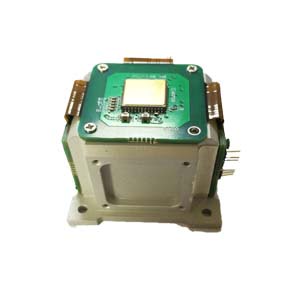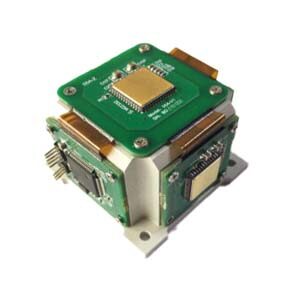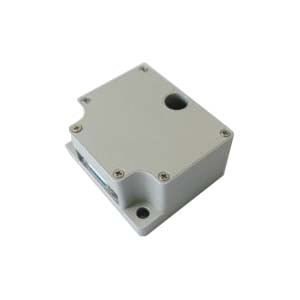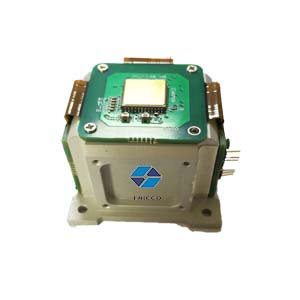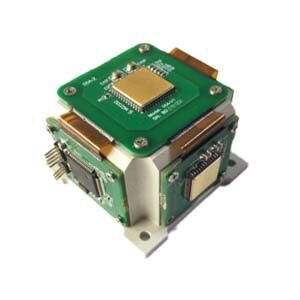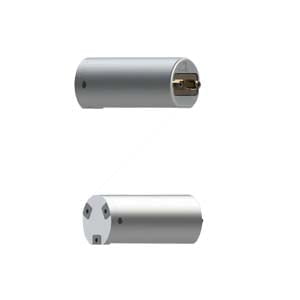IMU is a sensor combination used to measure the motion state of an object, usually including an accelerometer and a gyroscope. Accelerometers are used to measure the acceleration of an object in three axes and can be used to calculate the position and attitude of an object in three-dimensional space. Gyroscopes are used to measure the angular velocity of an object's rotation around three axes, and can be used to detect changes in the direction and angle of an object in space.
By fusing the outputs of the accelerometer and gyroscope, the relative attitude, velocity and position information of the object can be obtained. This information can be used in various applications, such as drone control, robot navigation, motion detection, VR/AR, etc. However, due to the influence of external interference and internal errors, IMU data often contain noise, which will affect the accurate measurement of the object's motion state. Therefore, denoising processing is required to improve the accuracy and stability of IMU data. The following will introduce the IMU denoising method and specific denoising steps.
1.IMU denoising method
Commonly used IMU denoising methods include filtering algorithms, Kalman filtering algorithms, particle filtering algorithms, etc. The filtering algorithm is the most basic denoising method. It removes noise by filtering IMU data. The Kalman filter algorithm is an optimal estimation method that uses the state equation and observation equation of the system to estimate the state of the system iteratively. The particle filter algorithm is a filtering algorithm based on Bayesian estimation and Monte Carlo method. It estimates the state of the system by probabilistic modeling of the state of the system.
When choosing an IMU denoising method, you need to make a choice based on specific application scenarios and needs. For general application scenarios, filtering algorithms and Kalman filtering algorithms are more commonly used denoising methods. For application scenarios that require higher accuracy, the particle filter algorithm may be more suitable. In practical applications, you can also try to combine multiple denoising methods to achieve better denoising effects.
The IMU denoising method based on wavelet and long short-term memory is a signal processing method that combines wavelet transform and long short-term memory network (LSTM) to remove noise in the IMU (Inertial Measurement Unit). This method can effectively extract features in the signal and use the LSTM network to learn and predict the noise to achieve the purpose of denoising.
2.IMU denoising method using wavelet and long short-term memory
Specific steps are as follows:
2.1Data preprocessing: Perform necessary preprocessing on the data collected by the IMU, such as removing outliers, smoothing, etc., to improve the quality of the data.
2.2Wavelet transform: Use wavelet transform to perform multi-scale analysis on the preprocessed data and decompose the signal into components of different frequencies and different time scales. Wavelet transform has good time-frequency localization characteristics and can extract detailed information in signals.
2.3Feature extraction: Based on the results of wavelet transform, features related to noise are extracted. These features can include statistics of wavelet coefficients, frequency distribution, etc.
2.4Build an LSTM model: Use the extracted features to build an LSTM model. LSTM is a special recurrent neural network that can learn and remember long-term dependencies in sequence data. By training the LSTM model, it can identify and remove noise signals.
2.5Model training and optimization: Use labeled data to train the LSTM model, and continuously adjust model parameters to optimize the denoising effect. Some semi-supervised learning or self-supervised learning methods can be used to reduce the dependence on annotated data.
2.6Signal denoising: Input the original IMU data into the trained LSTM model to obtain the signal after removing the noise.
2.7Post-processing: Perform necessary post-processing on the denoised signal, such as filtering, smoothing, etc., to further improve the signal quality.
Summarize
The above-described IMU denoising method based on wavelets and long short-term memory comprehensively utilizes the advantages of wavelet transform in signal processing and the long-term dependence of LSTM in sequence learning, which can effectively remove noise in IMU data and improve the accuracy of signals. sex and stability. In practical applications, the algorithm can be appropriately adjusted and optimized according to specific needs and scenarios to obtain better denoising effects. The IMU independently developed by Ericco Company uses some relatively rigorous denoising methods to better demonstrate higher-precision and low-cost MEMS IMUs to consumers, such as ER-MIMU-01 and ER-MIMU-02 as navigation series MEMS IMUs. Technicians conducted various experiments to denoise the IMU data to better meet consumers' accurate measurement of the motion state of objects.
If you want to know more about IMU, please contact our relevant personnel.
More Technical Questions
1.IMU and GPS fusion algorithm principle
2.MEMS IMU error analysis and compensation
3.Reusable spacecraft IMU dynamic accuracy assessment method
4.Research on MEMS IMU error modeling and temperature compensation technology
5.Calibration method and error analysis of low-precision MEMS IMU
6.MEMS-IMU error calibration compensation method that does not rely on precision turntable
Products in Article
